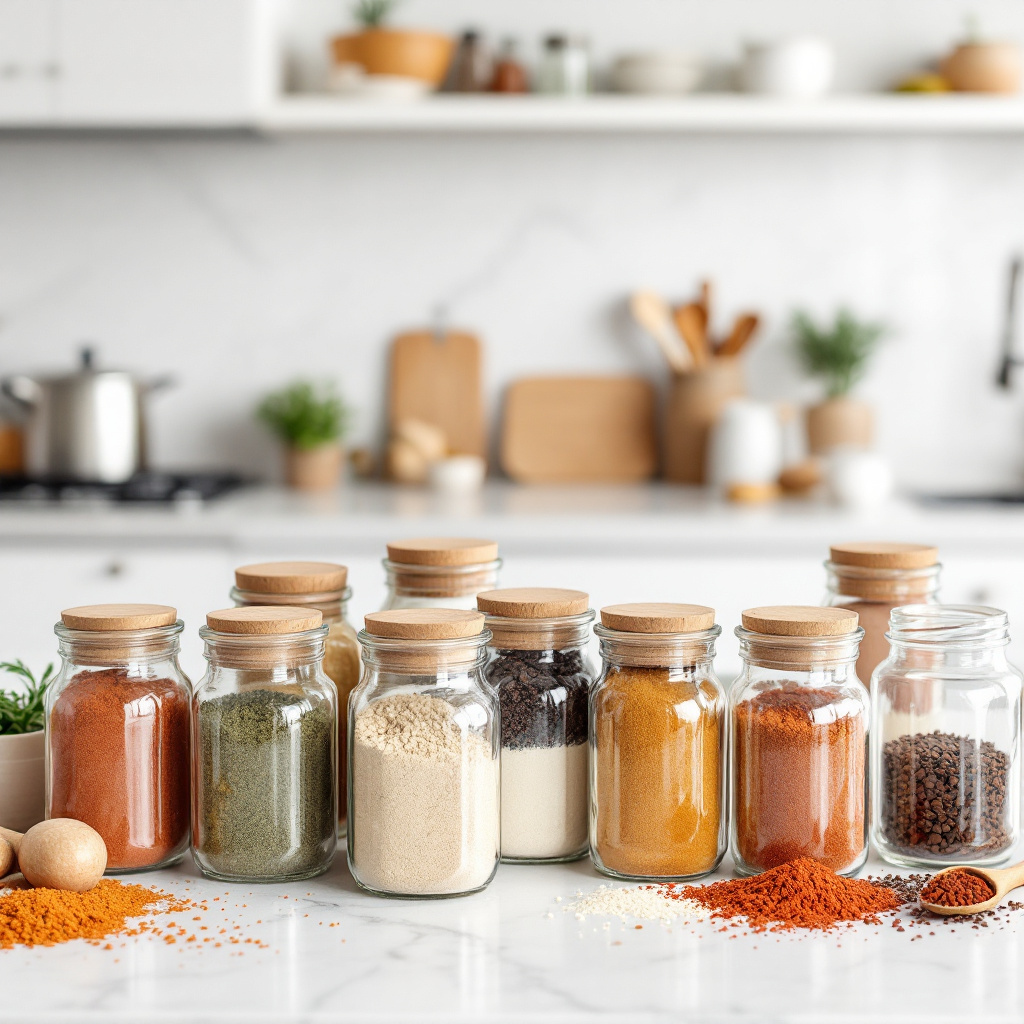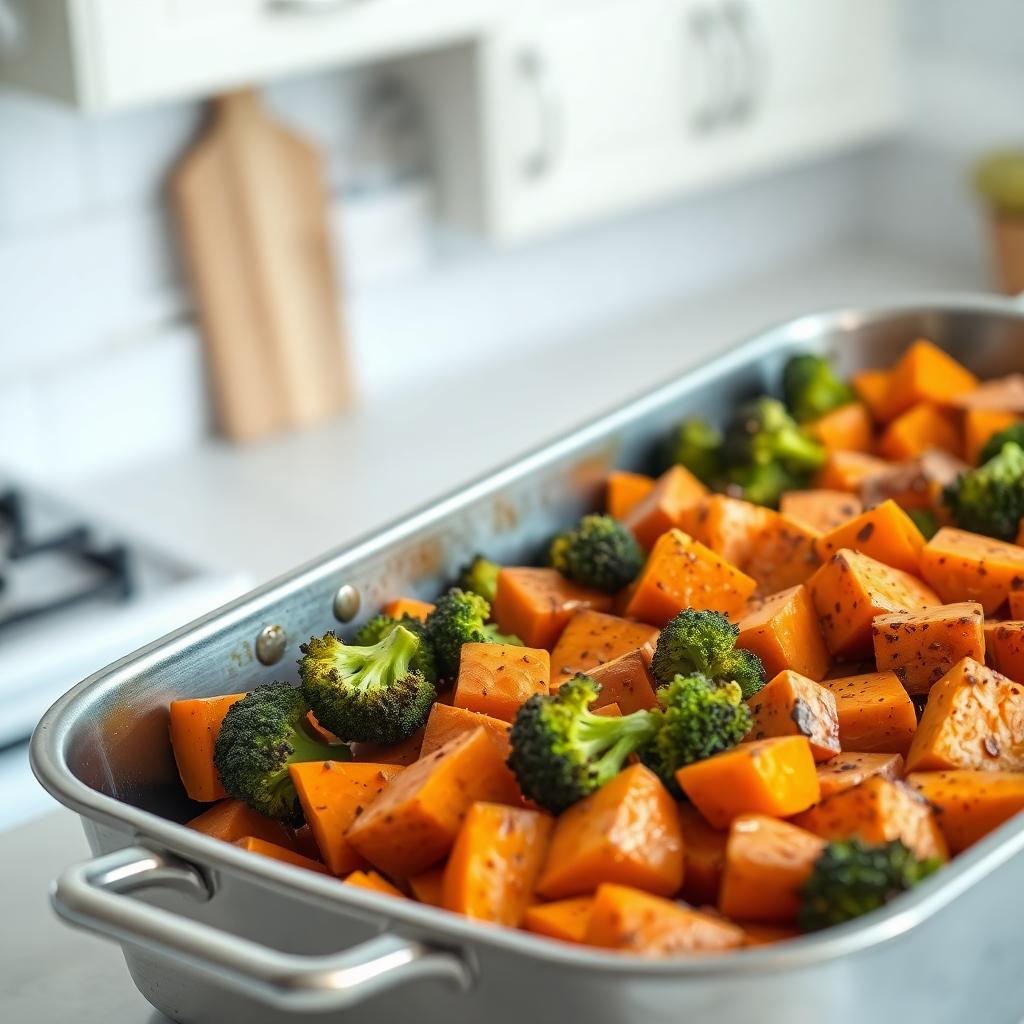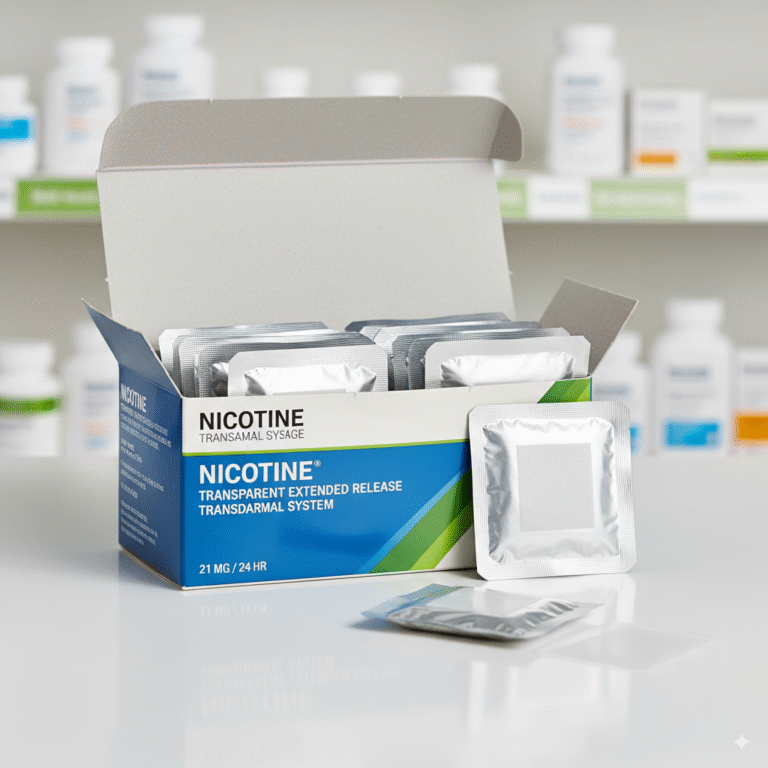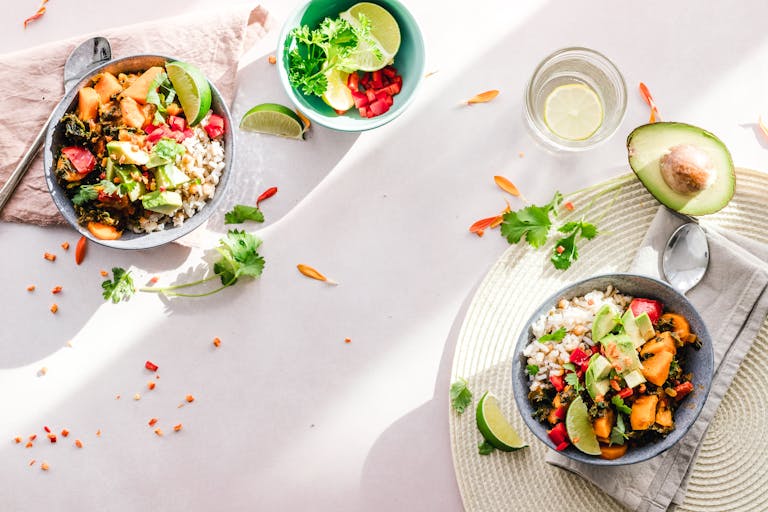10 Anti-Inflammatory Foods You Need To Start Eating
Inflammation is the body has been linked to issues like joint pain, heart disease, and even certain cancers. The good news? What you eat can make a big difference. By adding anti-inflammatory foods to your diet, you can help your body heal, reduce discomfort, and improve overall well-being. Let’s take a look at some of the best options you can start enjoying today.

Benefits of Anti-Inflammatory Foods
Eating anti-inflammatory foods doesn’t just ease aches or swelling—it’s a smart move for your long-term health. By incorporating more of these nutrient-packed options into your diet, you can potentially prevent or manage serious health conditions triggered by chronic inflammation. Let’s dive into how these foods help protect your body and lower the risk of disease.
Reducing Risk of Chronic Diseases
Chronic inflammation is a major factor in the development of many serious illnesses. Anti-inflammatory foods, like fruits, vegetables, nuts, and fatty fish, contain nutrients that combat this silent threat. Here’s how they make a difference:
Heart disease: Inflammation can cause damage to blood vessels, which raises cholesterol and the risk of heart attacks. Antioxidant- rich foods and omega-3s, such as berries and salmon, help keep arteries clear and improve blood flow. Think of them as a natural defense for your heart.
Diabetes: High inflammation can interfere with your body’s insulin response, increasing blood sugar levels. Fiber-rich picks like leafy greens, beans, and whole grains work to stabilize glucose, giving your body the control it craves.
Arthritis: For those dealing with joint pain, decreasing inflammation is key. Options like turmeric, ginger, and olive oil contain compounds that block inflammatory markers, helping soothe symptoms and improve mobility.
Top 10 Anti-Inflammatory Foods
While inflammation plays a role in healing, chronic inflammation does quite the opposite and takes a toll on your body. This is why adding nutrient-packed, anti-inflammatory foods to your meals can help you heal, feel better, protect your health, and even prevent future issues. Below is a list of foods you will want to start eating asap.

Berries
Berries like blueberries, strawberries, and raspberries are packed with antioxidants, especially anthocyanins, which are known to fight inflammation. These powerful compounds neutralize harmful free radicals and can reduce markers of inflammation in the body. Add them to smoothies, mix them into oatmeal, or snack on them fresh for a sweet, healthy boost.
Fatty Fish
Fatty fish, such as salmon, mackerel, and sardines, are rich in omega-3 fatty acids. These healthy fats have been shown to lower inflammation by reducing the production of molecules that trigger it, like cytokines. Baking or grilling your fish with simple seasonings can make it a weekly dinner staple that’s both delicious and nutritious.
Leafy Greens
Spinach, kale, collard greens, and other leafy vegetables bring serious health benefits. They’re loaded with vitamins A, C, and K, as well as antioxidants like lutein. These nutrients work together to calm inflammation and support overall wellness. Toss them into salads, soups, or smoothies to instantly upgrade your meals.
Olive Oil
Extra virgin olive oil is a healthy fat that’s been loved for centuries—and for good reason. It contains oleocanthal, a compound with effects similar to anti-inflammatory medications. Use it as a base for dressings, drizzle it on vegetables, or swap it in place of butter for cooking. Bonus? It tastes great, too.
Nuts and Seeds
Walnuts, almonds, flaxseeds, and chia seeds are rich in healthy fats, fiber, and antioxidants. Their combination of omega-3s and vitamin E makes them all-stars for reducing inflammation. Sprinkle them on yogurt, bake them into muffins, or simply grab a handful for a quick snack that works for your body.

Turmeric
Turmeric earns its reputation thanks to curcumin, the compound behind its bright yellow color. Curcumin has potent anti-inflammatory properties, helping reduce swelling and pain. Add ground turmeric to soups, stews, or rice dishes, or brew it into tea with a pinch of black pepper to enhance absorption.
Ginger
Ginger has been used for centuries for its medicinal benefits, and its anti-inflammatory properties are well-documented. Gingerol, its active compound, helps reduce inflammation in the body and is great for soothing joint pain or indigestion. You can grate fresh ginger into stir-fries, steep it for a warming tea, or blend it into juices for a zesty kick.
Garlic
Garlic is more than just a flavor booster—it’s a natural inflammation fighter. Compounds like allicin help enhance immune function and reduce inflammation in the body. Whether roasted, minced, or added raw to recipes, garlic is a versatile ingredient you’ll want in your kitchen.
Avocado
Avocados are a healthy fat lover’s dream. They contain monounsaturated fats, antioxidants, and carotenoids, all of which help balance inflammation in the body. Use avocados in guacamole, spread them on toast, or slice them onto salads for a creamy, nourishing addition to any meal.
Green Tea
Green tea stands out for its unique anti-inflammatory compounds, especially epigallocatechin-3-gallate (EGCG). EGCG fights inflammation and helps protect your cells from damage. Replace your afternoon coffee with a cup of green tea, or enjoy it iced with a squeeze of lemon for a refreshing twist.
How to Incorporate Anti-Inflammatory Foods into Your Diet
Adding anti-inflammatory foods to your diet doesn’t have to feel overwhelming. With a few simple strategies, you can make these powerhouse ingredients a consistent part of your meals. Whether you’re planning ahead, choosing healthier snacks, or shaking up your recipes, small changes can lead to big results for your health.
Meal Planning Tips: Suggest strategies for meal planning that focus on anti-inflammatory ingredients.

Meal planning is your best tool for sticking to healthy eating habits. Here’s how to make anti-inflammatory foods the star of your weekly menu:
Prep in bulk: Roast a large batch of vegetables like sweet potatoes, broccoli, or carrots to use in meals throughout the week. Pair them with leafy greens or a grain like quinoa for an easy, anti-inflammatory base. Check out these containers for easy meal prepping: Meal Prep Containers
Mix and match proteins: Prepare options like grilled salmon, baked chicken thigh, or tofu at the start of the week. Rotate them through meals with different sides for variety.
Create a flavor base: Stock up on staples like garlic, ginger, turmeric, and olive oil. These ingredients add anti-inflammatory benefits and bold flavors to countless recipes.
Plan versatile meals: Try things like grain bowls or wraps where you can swap ingredients depending on what you have.
Focus on balance. Include a mix of colorful vegetables, lean proteins, and healthy fats in every meal, and you’ll naturally incorporate inflammation-fighting foods.
Healthy Snack Ideas: List easy snack options that include anti-inflammatory foods.
Snacking smart is a great way to boost your intake of anti-inflammatory foods throughout the day. Keep these quick and simple ideas in mind:
Trail mix: Combine almonds, walnuts, and a handful of dried tart cherries for a crunchy, anti-inflammatory blend.
Avocado toast: Spread avocado on whole-grain bread. Add a sprinkle of chili flakes or turmeric for an extra kick.
Veggies and hummus: Pair sliced cucumbers, bell peppers, or carrots with a turmeric-infused hummus for a satisfying dip.
Berry yogurt parfait: Layer fresh blueberries, strawberries, and a sprinkle of flaxseeds over unsweetened Greek yogurt.
Hard-boiled eggs with olive oil: Drizzle eggs with a bit of extra virgin olive oil and a dash of black pepper for a protein-packed snack.
Keep these prepared foods on hand for a quick grab-and-go snack.
Recipe Ideas: Here are some easy recipe ideas to get you started

Turmeric Ginger Lentil Soup: Sauté garlic, ginger, and onions in olive oil. Add turmeric, lentils, and vegetable broth. Simmer until tender.
Berry Spinach Smoothie: Blend spinach, frozen mixed berries, a splash of almond milk, and a tablespoon of chia seeds. Perfect for a quick breakfast or snack.
Salmon and Asparagus Bake: Drizzle salmon and asparagus with olive oil and lemon. Sprinkle with fresh garlic. Bake until done.
Mediterranean Chickpea Salad: Toss chickpeas, diced cucumbers, cherry tomatoes, olives, and spinach with a lemon-olive oil dressing. Add garlic powder for extra flavor.
Golden Milk Latte: Warm almond milk with ground turmeric, grated ginger, cinnamon, and a touch of honey. A calming, anti-inflammatory drink to end your day.
Don’t overcomplicate it. Even small additions, like sprinkling seeds on a salad or adding extra garlic to a dish, can make a difference.
Conclusion
Taking small steps to include anti-inflammatory foods in your routine can lead to big health improvements. From berries to green tea, these options are simple, tasty, and packed with benefits.
Just start, slowly if you need to. If eating these foods is completely foreign to you then incorporate them slowly. Remember the 80/20 rule and pay attention to what you consume and how it makes you feel afterwards. A journal of your food intake is super helpful for this!
Go to my recommendations page for a full list of what I personally recommend for reducing inflammation.







